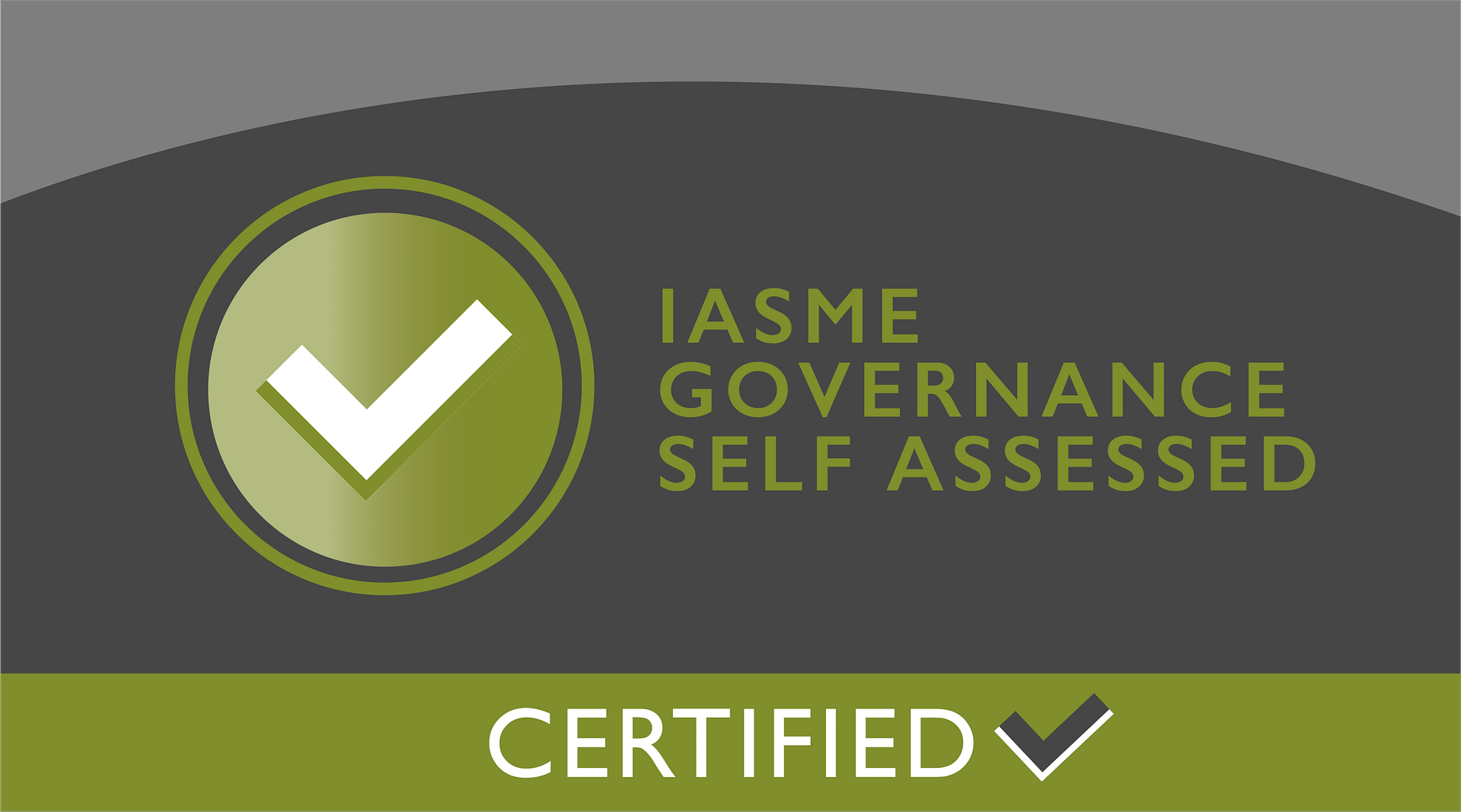Succeeding in uncertain times
2020 was a wake-up call. To thrive in the coming decade, companies must develop resilience – the ability to withstand unpredictable threat or change and then to emerge stronger. Connectivity and uptime are no longer enough. Organisations need the resilience supported by an advanced infrastructure platform that responds quickly to nearly any circumstance.
Now that it’s been a while since we dealt with the initial blows from the pandemic, it’s time to pause and appraise. It’s not the first predicament companies have faced; 7 out of 10 organisations experienced at least one severe crisis in the last 5 years, and 95% are convinced it won’t be their last.
First, as organisations and individuals, we should take a moment to express our gratitude for the remarkable efforts that IT and networking teams have led. Without their contributions to the networks they build and manage day-in and day-out, most organisations would have fared much worse.
This isn’t completely surprising. Many employees would not have been able to continue working, and many customers would not have been served. Supply chains would be idle, and the critical applications organisations depend on daily rendered useless. Hats off and a tremendous round of virtual applause for the network pros among us!
Looking forward: beyond business continuity
We should also reflect on the things that we’ve learned collectively over the past year. For instance, many had business continuity plans in place, but those didn’t account for the duration of this pandemic nor its breadth. Moving forward, our planning must extend beyond the confines of traditional business continuance towards business resilience, allowing organisations to adapt to both known and unexpected disruptions.
The network – an anchor during stormy times
Even if your network stood up well, the pandemic serves as a catalyst to help us all rethink our strategies. Agreed, it’s not the most pleasant exercise, but we should acknowledge that disruptions are going to keep coming at us and potentially, with greater frequency and with greater impact. This means there are new requirements for networks to be able to provide organisations with the agility to not only bounce back, but to seize new opportunities, go after new markets, enable new services, and support new business models.
As we all know, transforming our infrastructure is a never-ending journey with ever-increasing impacts. And as much as we’re all looking forward to the day we can put this pandemic behind us, now is the best time to take a proactive approach to be ready for whatever future disruptions may come our way.
The resilience imperative
The world is undergoing increasingly rapid, unpredictable, and unprecedented change. But across industries, most companies have remained persistently focused on near- and medium-term earnings, typically assuming ongoing smooth business conditions. The COVID-19 pandemic heralds the need for a new approach.
Catastrophic events will grow more frequent but less predictable. They will unfold faster but in more varied ways. The digital and technology revolution, climate change, and geopolitical uncertainty will all play major roles.
Disruption is becoming more frequent and more severe
The digital revolution has increased the availability of data, the degree of connectivity, and the speed at which decisions are made. This offers transformational promise but also comes with potential for large-scale failure and security breaches, together with a rapid cascading of consequences. It also increases the speed at which a company’s reputation can change in the eyes of consumers and employees.
In a world where the future is uncertain and change comes fast, companies need to look beyond short-term performance and basic organisational health. They must be able not only to withstand unpredictable threat or change but to emerge stronger. In short, they need to be resilient.
But today’s world demands more than financial resilience. As an example, take climate change. Severe climate hazards will threaten the sourcing, production, and distribution of products and services and can come from both nearby and afar, in the era of global supply chains. Moreover, firms must take a stance on the role they want to play in reducing emissions, accounting for expectations from governments, employees, customers, shareholders, and society at large. Such climate adaption and mitigation, together with technology change, will shift business mix and business models, and companies will need the flexibility to respond.
Internally driven change also requires a broad view of resilience. Consider a company-wide digital and analytics transformation, addressing both internal processes and product and service delivery to customers. While efficiency and the ‘art of the possible’ expand, so does the potential for broadscale technological failure or massive cyber incursion. Employees need to develop new skills and different ways of working together.
True resilience requires balanced focus on six dimensions: financials, operations, technology, organisation, reputation, and business model.
Technological resilience
Resilient firms invest in strong, secure, and flexible infrastructure, including to manage cyber threats and to avoid technology breakdown. They maintain and make use of high-quality data in a way that respects privacy and avoids bias, compliant with all regulatory requirements. At the same time, they implement IT projects both large and small – at high quality, on time, in budget, and without breakdown – to keep pace with customer needs, competitive demands, and regulatory requirements. In case something does go wrong, they maintain robust business continuity and disaster-recovery capability, avoiding service disruptions for customers and internal operations.
Anticipating and responding
Companies that understand the resilience they need for the future can implement sensible change. In case of vulnerabilities, this may mean transforming in ways big or small to enhance resilience directly. But, as importantly, firms should look to build resilience into any transformation they undertake, regardless of the primary goals – from digital to growth to cost. This yields more robust change and helps you bake in resilience from the outset.
Talk to one of our team today to learn more about our capabilities; how we’re bringing people, business and technology together; and what this means for you.



